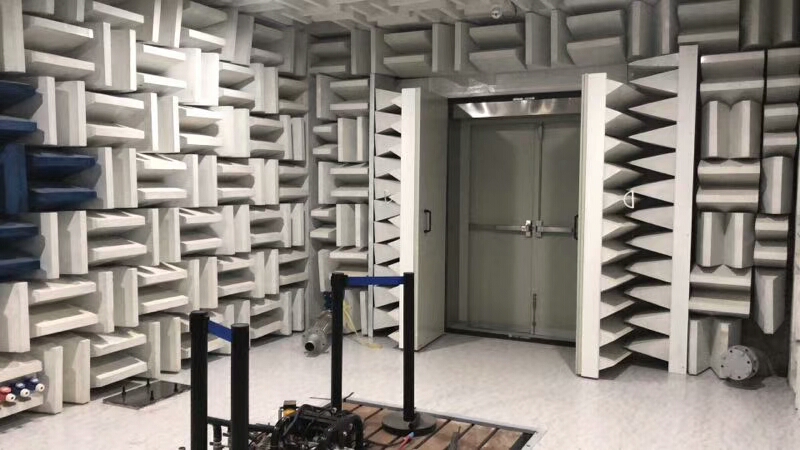How is the anechoic chamber silenced?
Sound-absorbing materials:
The interior of the anechoic chamber is usually covered with sound-absorbing materials, such as sound-absorbing cotton, foam, sound-absorbing spikes, etc. These sound-absorbing materials can effectively absorb the energy of sound waves and reduce the reflection and transmission of sound. When sound waves enter the interior of the anechoic chamber, they will be absorbed by the sound-absorbing material, thereby reducing the reflection and echo of the sound and achieving a silencing effect.
Sound insulation structure:
The anechoic chamber usually adopts a structural design with good sound insulation performance, including doors and windows with good sealing performance, sound insulation walls, etc. These soundproof structures can effectively prevent the spread of external noise into the anechoic chamber, and can also reduce the outward spread of internal sound to achieve sound isolation and control.
Air handling system:
Anechoic rooms are usually equipped with specialized air handling systems, including silent fans, muffler ducts, etc. These systems can effectively reduce the noise generated by air flow and maintain a quiet environment inside the anechoic chamber.
Structural design:
The structural design of the anechoic chamber also plays an important role in the sound attenuation effect. Anechoic rooms usually use multi-layer sound insulation structures, such as double-layer walls, double-layer doors and windows, etc., to increase the sound insulation effect. At the same time, the structure of the anechoic chamber will also consider acoustic principles, such as avoiding resonance and echo of sound waves, thereby reducing noise transmission.
The anechoic room achieves the sound attenuation effect and creates a quiet environment through various means such as sound-absorbing materials, sound insulation structures, air handling systems and structural design. The design and construction of an anechoic chamber requires comprehensive consideration of acoustic principles and engineering practices to ensure that it achieves the desired attenuation effect. Anechoic chambers play an important role in applications in various fields, providing people with a quiet working environment that simulates a free sound field and are used for acoustic testing.
